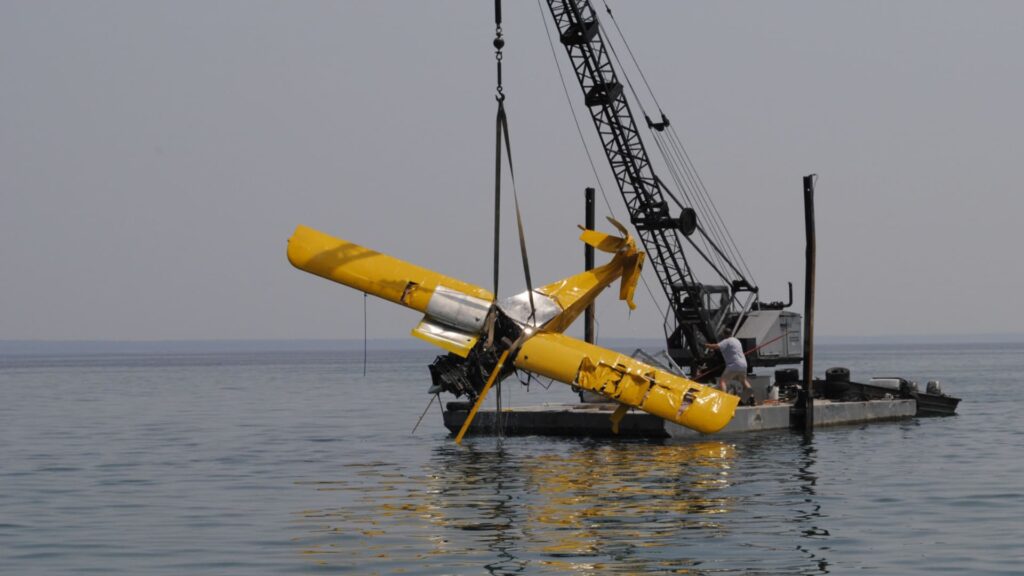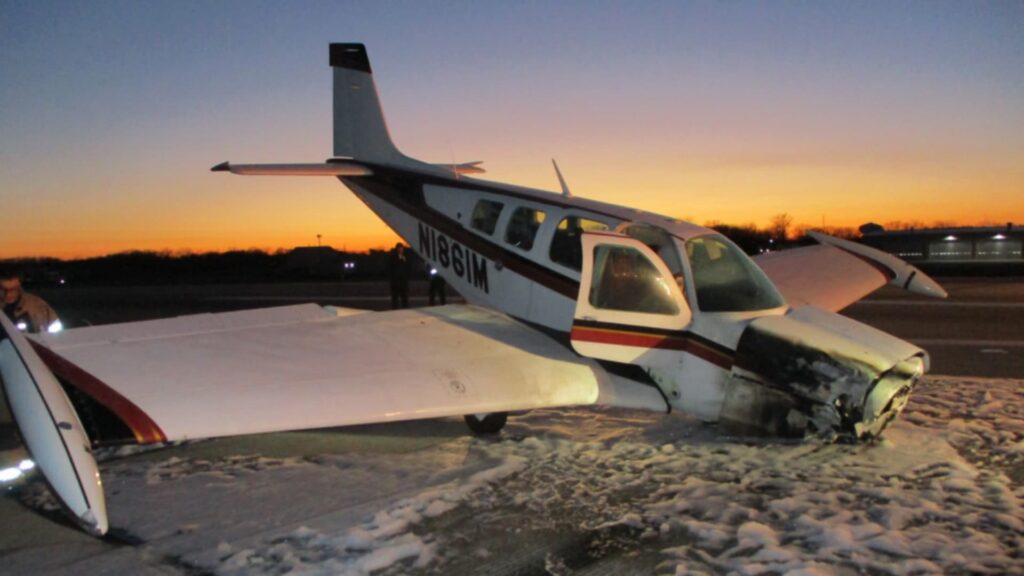On a calm summer morning in June 2023, a sightseeing flight over the scenic waters near Beaver Island, Michigan, ended in heartbreak. What began as a simple excursion to view a remote lighthouse turned into a tragic controlled flight into terrain (CFIT) accident, claiming one life and forever changing another. Let’s walk through the events of that day, what went wrong, and the key safety takeaways for us all.
The Flight and the Pilot
The pilot, a 70-year-old man with a passion for flying, was no stranger to the cockpit. He held a private pilot certificate with single-engine land and sea ratings. With an estimated 2,988 total flight hours, including 389 hours in the Avid Magnum amphibious aircraft, he had significant experience both in general aviation and with this particular make and model. His last medical exam was just a week before the flight, and he had completed a flight review in September 2022.
That morning, he took off from Beaver Island Airport in his 1999 Avid Magnum, an experimental amphibious aircraft. His plan? A peaceful, local sightseeing trip to admire a lighthouse and enjoy the serene beauty of Lake Michigan.

A Deceptively Clear Day
Surface weather conditions appeared favorable. The Beaver Island Airport reported clear skies, visibility over 10 miles, and light winds. But nature had a hidden danger in store: smoke from distant wildfires had drifted across the lake, mingling with haze and calm waters. Satellite imagery and weather models later confirmed that this smoke significantly reduced visibility over the open water, creating what amounted to instrument meteorological conditions (IMC) despite the VFR reports at the airport.
The pilot, however, did not obtain a weather briefing before the flight, nor did he pull any weather data through his ForeFlight app that day. It’s a reminder that even on seemingly good-weather days, conditions can change dramatically — especially over large bodies of water.
The Accident
Around 8:44 a.m., while maneuvering to view the lighthouse, the pilot inadvertently descended into the surface of Lake Michigan, about 3.25 miles northwest of Beaver Island. The airplane impacted the water in a nose-low, left-wing-low attitude, consistent with the pilot losing sight of the horizon in the haze and smoke. There was no evidence of mechanical failure; the engine was producing power at impact, and flight control continuity was confirmed.
The calm water and featureless horizon created an optical illusion. First responders and the pilot of the rescue helicopter both reported that the haze and glassy water made it impossible to distinguish where the sky ended and the lake began.

The Aftermath
The pilot regained consciousness in the water. Though injured, he valiantly tried to rescue his passenger but was unable to free them from the wreckage. Climbing onto a piece of floating debris, he activated the SOS function on his Garmin inReach satellite communicator. Thanks to that quick thinking, the U.S. Coast Guard received the distress call within minutes and arrived on scene about 30 minutes later.
Tragically, the passenger did not survive.
The Investigation’s Findings
The NTSB found no pre-impact mechanical issues with the aircraft. The probable cause was determined to be the pilot’s failure to maintain clearance from the water while maneuvering in low visibility conditions caused by smoke and haze. The findings highlighted:
- Aircraft control issues — The pilot inadvertently descended into the water.
- Environmental hazards — The smoke and haze significantly degraded visual references.
- Decision-making — The absence of a preflight weather briefing left the pilot unaware of the true visibility conditions over the lake.
Key Safety Takeaways
This accident offers sobering lessons for all aviators:
- Don’t skip the weather briefing. Even when conditions look good at the airport, en route hazards like smoke, haze, or fog can lurk beyond the runway.
- Respect optical illusions over water. Glassy water and haze can erase the horizon, making it nearly impossible to judge altitude and attitude visually.
- Know your equipment’s limits. The Avid Magnum was equipped with a basic turn coordinator but no attitude indicator or artificial horizon. For a pilot without an instrument rating, this meant few tools to help navigate IMC conditions safely.
- Technology can save lives. The Garmin inReach was critical in initiating a timely rescue. Pilots flying over remote areas or water should strongly consider carrying a reliable emergency communicator.

A Final Reflection
The skies and waters of Lake Michigan are breathtaking, but they demand respect — especially when hidden hazards like haze and smoke obscure the view. This tragic event underscores how critical preparation, weather awareness, and respect for environmental conditions are to ensuring every flight is a safe one.










One Comment
I realize that the November 13, 2021 Beaver Island plane crash Accident Number: CEN22FA031, Registration: N866JA, that killed four and two dogs was not like this one: “The pilot’s exceedance of the airplane’s critical angle of attack during final approach, which resulted in an aerodynamic stall and loss of control at an altitude too low to recover.”
But to me, it emphasizes that the basics must ALWAYS be kept in mind and that a basic review before the flight should be mandatory. Also, weekend pilots who have another full time job should not be carrying passengers. The risks are too great.